Soft Washing vs. Pressure Washing: How Are They Different?
-
Ed Malaker
- Last updated:

Cleaning the exterior of your home can be a big job, and if it’s your first time doing it, you should know that are two main ways to get it clean: pressure washing and soft washing. Keep reading as we look at the pros and cons of each method and discuss when you want to use them, so you can make an informed decision.
Overview of Soft Washing
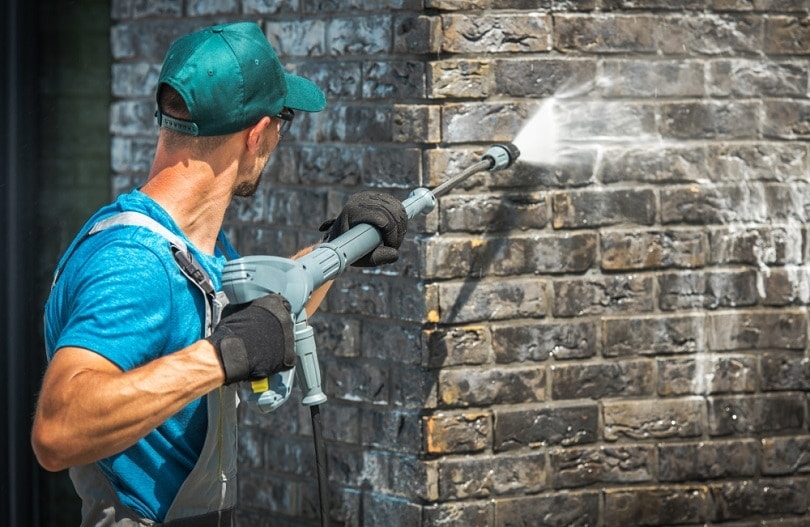
How It Works
Soft washing is a technique that uses much less water pressure than the pressure washer and typically keeps the water pressure below 500 pounds per square inch. Instead of high-pressure water, it uses 140°F water, detergents, and surfactants to clean the surface gently. To use this technique, spray the surface, and allow it to sit for several hours before rinsing it off. The wide nozzle spreads the detergent quickly, so you don’t need to spend much time applying it, and you won’t need to worry about personal injury or property damage.
The downside to soft washing is that the detergents and runoff that they create can stain cement, and it can take several applications to clean a surface.
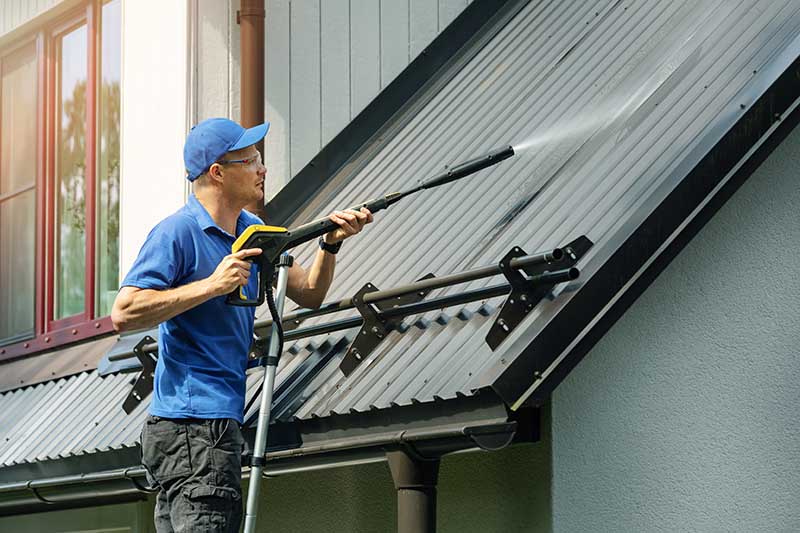
What It’s Good For
Use the soft-washing technique to clean any vinyl siding or wood panels. Outdoor wood furniture, screens, and fencing are also good options for soft washing.
- Little risk of injury or property damage
- Fast application
- Requires several applications
- Slow to work
- Can stain
 Overview of Pressure Washing
Overview of Pressure Washing
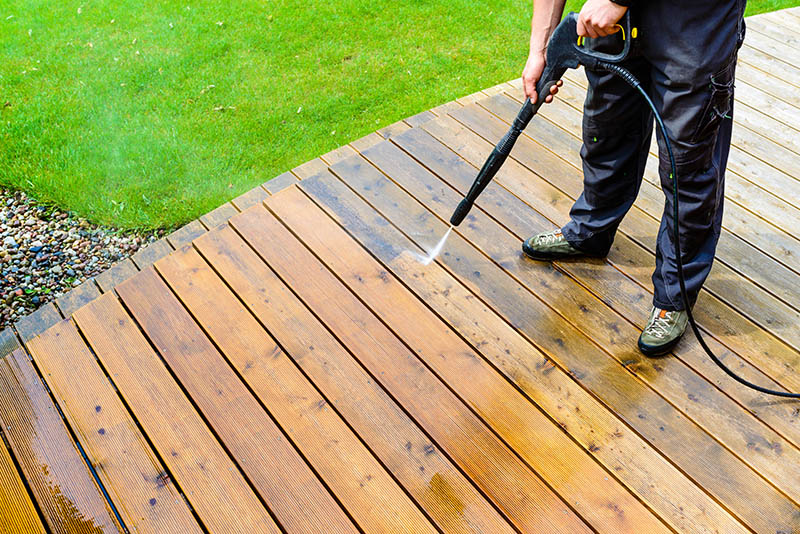
How It Works
Pressure washing is a popular cleaning technique that uses highly pressurized water to force dirt and debris from the surface. A pressure-washing machine can create water pressure between 1,500 and 4,400 pounds per square inch. It also heats water to 140°F to help melt oil and grease and make cleaning easier. The high-pressure water enables you to reach long distances, so it’s easier to clean your house without a ladder.
The downside to using a pressure washer is that it can be dangerous. The high-temperature pressurized water can easily bruise and lacerate the skin, and it’s especially dangerous around the eyes and other sensitive body areas. You can also damage the surface of your home due to its ability to lift and damage siding or shingles. The cleaning area is also quite narrow, so you need to move slowly, or you will see streaks on the surface.
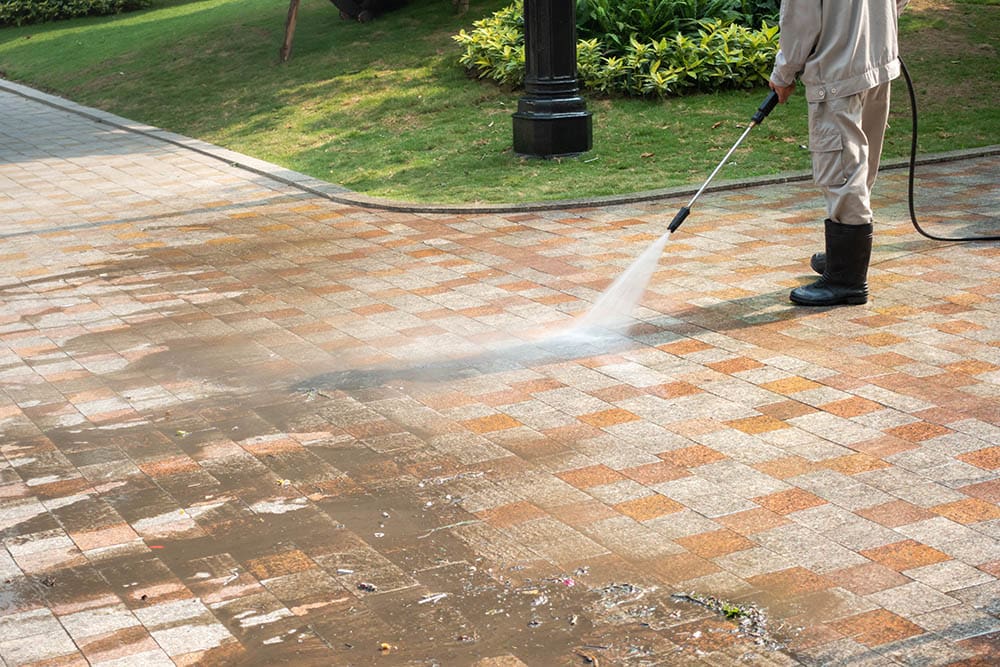
What It’s Good For
Pressure washing is the perfect option for cleaning durable surfaces that see high traffic. Stone pathways or other walking surfaces, a cement driveway, a deck, and a garage floor are all great surfaces that can benefit from power washing.
- Deep cleans quickly
- Great for high-traffic areas
- Dangerous to person and property
- Can leave streaks
- Vinyl siding
- Screen
- Wood Panels
- Fencing
- Glass
- Concrete
- Asphalt
- Stone
- Treated lumber
- Brick
When Should I Avoid Using a Pressure Washer?
- Never pressure wash your home’s roof, as it can easily damage or remove the shingles.
- Don’t pressure wash the siding of your home, as it can easily crack, bend, or remove it.
- Never use a pressure washer on a picket fence.
- Never use a pressure washer near lights or any other electrical devices.

When Should I Avoid Using a Soft Washing Method?
- If a surface is hard and durable enough for pressure washing, most experts recommend using the pressure washer instead. Never use a soft wash on cement, brick, tile, or any other porous surface that might absorb the detergent.
- Never use a soft washer on a surface where the runoff will land on a porous surface, like concrete or brick.
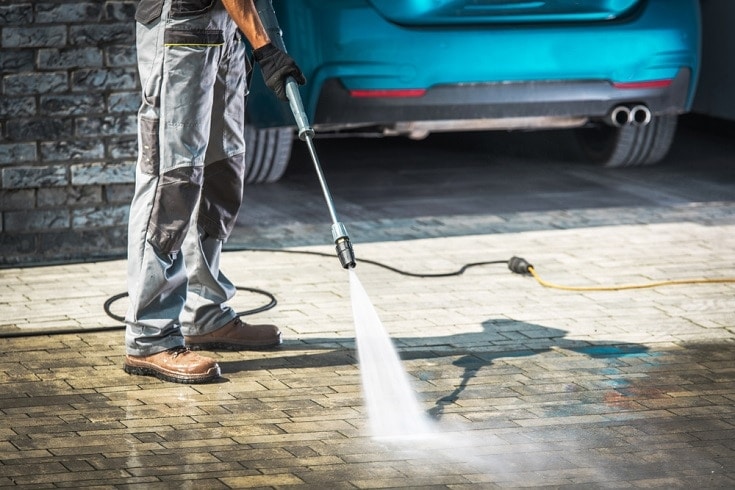
Is Pressure Washing Better Than Soft Washing?
Both cleaning options work best when you use them correctly. Use pressure washing on hard surfaces, like concrete, blacktop, brick, stone, and treated lumber. Use soft washing on delicate materials, like vinyl, siding, wood panels, and screens.
 Summary
Summary
As a homeowner or maintenance provider, it’s best to learn the pressure-washing and soft-washing methods to know what’s best for a given situation. Use pressure washing if the surface can handle it, but learn how to use the machine, and stay focused so you don’t cause injury to yourself, any bystanders, or your property. If the surface is too flimsy for high-pressure water, use the soft-washing method instead. It takes longer but won’t damage the surface as long as you ensure that no runoff lands on concrete or other porous materials.
Featured Image Credit: Left (Soft Washing) Virrage Images, Shutterstock, Right (Pressure Washing) Vietnam Stock Images, Shutterstock
Contents

 Overview of Pressure Washing
Overview of Pressure Washing